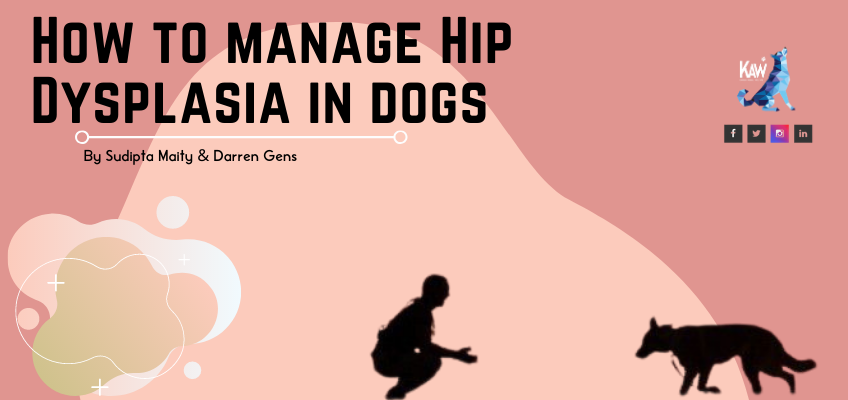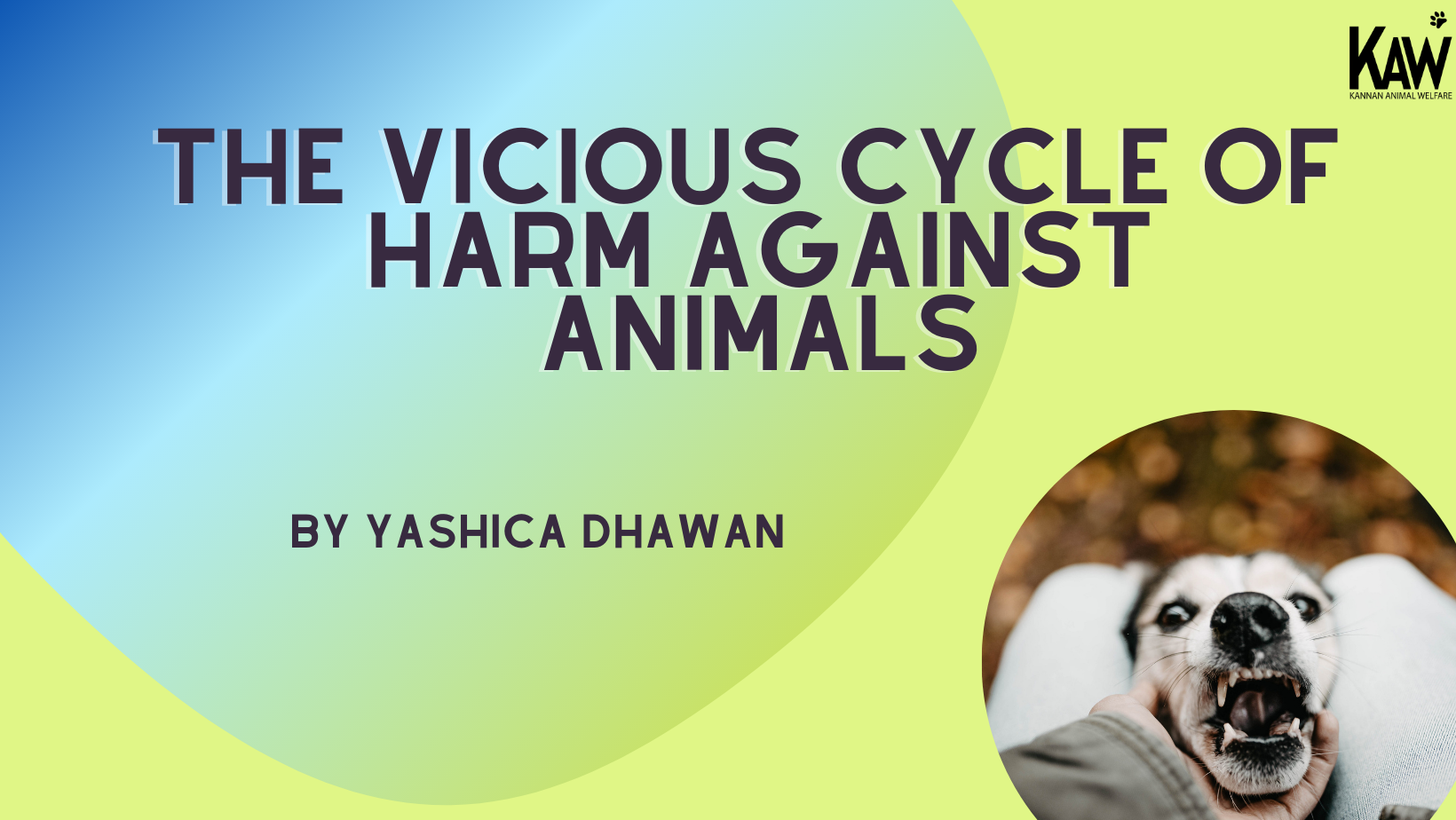How to manage hip dysplasia
By Sudipta Maity
Edited by Darren Gens
What is hip dysplasia?
Hip dysplasia is a condition in which an abnormal formation of the hip joint limits a dog’s mobility. When a dog’s thigh bone and pelvis grow at unequal rates, his/her hip components cannot properly fit together and thus rub against each other. Consequently, dogs with hip dysplasia often experience degenerative joint disease - osteoarthritis - which can be quite uncomfortable and painful during activities involving rapid or strenuous motion, such as running, jumping, or using the stairs. In the most severe cases, dogs with osteoarthritis can lose all mobility as their hind legs become permanently paralysed. While it often affects large breeds - such as mastiffs, german shepherds, bulldogs, and labrador retrievers - hip dysplasia can impact dogs of almost all breeds and sizes, including pugs and french bulldogs.
As caregivers, we are often reminded of our dogs’ boundless energy as pups - the tail-chasing, play-fighting, and frenetic running! However, as dogs age, we have to acknowledge that some activities just aren’t so easy for them anymore. In addition to genetic and breed-specific factors, many dogs which become overweight are also susceptible to developing hip dysplasia. Because this condition is partly hereditary, even pups can experience major challenges to their daily routine of mirthful activity. It’s critical that we remain proactive in noticing the gradual changes in our dogs’ behaviour and wellbeing, so that we can manage and treat anything that might be adversely affecting them!
Symptoms and diagnosis
While some puppies show signs of hip dysplasia at an age as young as 3 months, many dogs develop it in conjunction with osteoarthritis as they age. Usually, the symptoms include:
- Decreased activity and range of motion
- Reluctance to climb stairs or to rise from a sitting or sleeping position
- Limping or lameness in hind legs
- Pain and stiffness
- Grating in the joint during movement
- Loss of thigh muscles and noticeable enlargement of shoulder muscles
If you notice any of these symptoms in your dog, it is advised to visit a vet! There are multiple preliminary ways to diagnose hip dysplasia. Veterinarians will often manipulate the dog’s hind legs to assess the looseness of the joint, presence/level of pain, and range of motion. Blood work might also be done to determine the impact of inflammation due to joint disease. After checking the dog’s medical history (including genetic lineage injuries), radiography or x-ray will be performed so that the vet can definitively diagnose the condition.
Line of treatment
Treatment for hip dysplasia depends on the extent to which symptoms are observed and the level of discomfort which your dog experiences. Veterinarians often prefer to give non-steroidal anti-inflammatory drugs, which have minimal side effects; prescription drugs are also an option. If both of these are ineffective towards treating the condition, vets may suggest surgery (depending on your dog’s general health and age). The two most common surgeries for hip dysplasia are complete hip replacement and femoral head ostectomy (FHO) - both can ensure pain-free mobility for your dog.
Upon diagnosing any dog with hip dysplasia, veterinarians often recommend a low-impact exercise routine which will mostly include walking, swimming, and other similar activities. A 20-minute slow-pace walk, hydrotherapy, agility training, or interactive physical games on a continuous basis will eventually show positive results in the way the pet runs or walks. Ensure that your dog avoids any harsh or strenuous activity in order to inflict minimum strain on your dog’s bones and joints.
Diet and supplements
In addition to medical treatment and exercise, there are a variety of dietary changes and supplements which can alleviate the pain that your dog may experience from hip dysplasia. Check out our list below!
Omega 3 Fatty Acids are rich in anti-inflammatory properties which can help reduce hip joint swelling and mitigate pain. Omega 3 Fatty Acids naturally occur in fish oil and flaxseed oil. Solid foods like Salmon and chia seeds can also be given to lubricate the joints.
A diet that includes calcium-rich substances, like yogurt, both strengthens the bones and protects against further damage to the bones. However, it is important to learn beforehand whether your pet is lactose-intolerant or allergic to dairy products.
One of the body’s natural responses to canine hip dysplasia is anemia, which can present itself in symptoms such as fatigue or weakness. However, a diet high in iron - found in chicken, red meat, and leafy greens - can help your dog rebuild connective tissue. Giving your dog Vitamin C can also boost his/her immunity and accelerate the healing process.
Lastly, the inclusion of bone broth, cartilage, and ground bones in your dog’s diet can ensure a steady supply of glucosamine and chondroitin, which are necessary to strengthen and rebuild cartilage damaged by the condition.
Precautions to be taken
Although not all cases of hip dysplasia can be prevented, as genetics play a role in many cases, the risk of developing this condition can be significantly reduced by taking a few precautions. The most effective way to prevent hip dysplasia lies in monitoring your dog’s diet. Weight gain adds a lot of stress on bones and joints - especially for aging dogs, who might also experience pain or discomfort from forms of arthritis - so limiting this can be really impactful! Specifically, avoid feeding young dogs a high-calorie, high-fat diet (like kibble) in order to preclude the development of any conditions, such as rapid growth or malnutrition, which can manifest into hip dysplasia.
Giving your dog calcium and multivitamin supplements to your dog can also be effective throughout the different growth stages in his/her life. It is also imperative that the dog gets enough physical exercise, as frequent movement can strengthen the skeletal structure and prevent bone degradation. However, excessive and harsh physical activities should be avoided so as to ensure the healthy development and regeneration of bones and joints. If your dog exhibits early signs of hip dysplasia, please do not ignore them!
It is important for us to realize that overweight dogs, while beloved on the internet, are at high risk for hip dysplasia. By monitoring your dog’s weight, diet, and exercise, you can manage hip dysplasia even if your dog is born with it. Take your dog to the vet regularly so that you can catch the signs early on.
However, don't give up if your dog receives a diagnosis for hip dysplasia. It is a manageable disorder - one that, if treated properly, any dog can overcome to lead a good life. A lot of pups and dogs from breeders are abandoned after they are diagnosed with hip dysplasia, so it's important that while we view this condition in a fairly objective light, we don't reduce the dogs affected by it solely to their condition.






